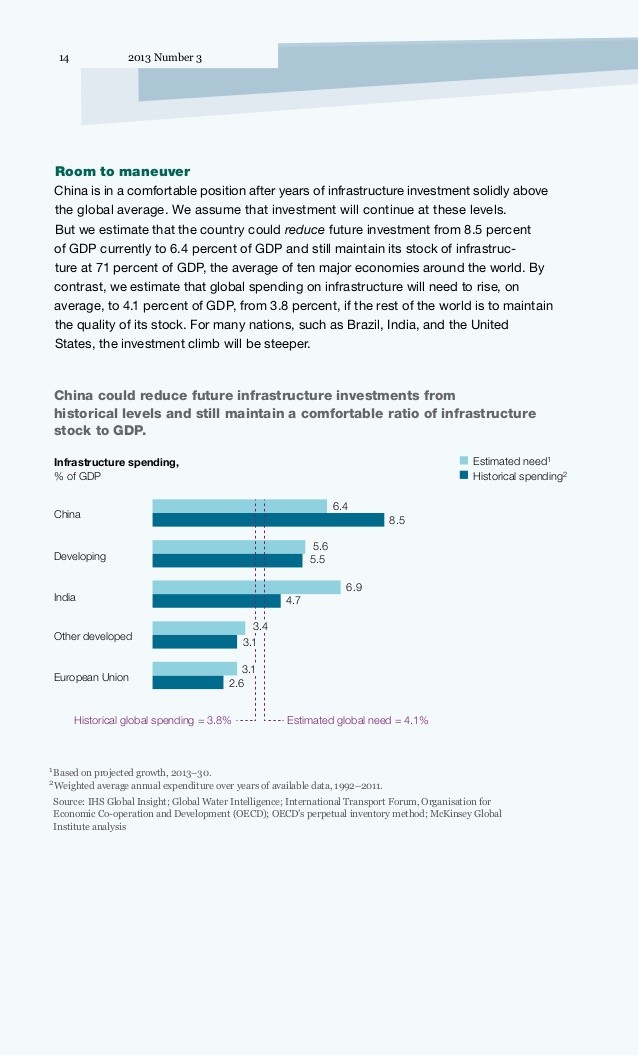Global Investors Faced Twin Perils in Quarter
Post on: 18 Июль, 2015 No Comment

By ALLEN R. MYERSON
Published: October 5, 1992
If the last three months are any evidence, global investors might need to stuff their money into safes and socks to protect their wealth from exchange-rate and stock-market convulsions.
A look back at the last quarter illustrates the twinned risks of foreign recessions and currency markets gone berserk. Britain? Stock prices were about even, but the pound’s decline gave American investors a 6.4 percent loss. Germany, home of the mighty mark? Stocks were off so sharply as the economy slowed that the mark’s strength merely limited American losses to 9.6 percent.
In Mexico, stock prices fell as interest rates were soaring to temper inflation and keep flight capital from taking wing. In Spain and Italy, a combination of currency and stock-market declines cost many American investors more than a fifth of their wealth.
Among 24 leading world markets, in fact, only 6 produced gains for American investors. Half had double-digit losses. The worst declines came among those that like Spain and Italy fled the disintegrating European monetary system and let their currencies fall. Weak Currencies Hurt Foreigners
The lesson turned out to be that devaluation doesn’t pay, said David C. Roche, Morgan Stanley’s global strategist. He explained that stocks seldom rise enough to make up the difference for foreign investors.
Weaker foreign currencies hurt American investors, because their foreign holdings are worth less when converted back into dollars. Lower interest rates might help stock markets in Britain, France and Germany over the coming year, but they would erode the value of those countries’ currencies by making dollar investments relatively more attractive. With the dollar now undervalued in terms of its international purchasing power, rising interest rates in the United States could compound the dollar’s appreciation and the resulting losses for Americans in foreign markets.
Those who held Japanese stocks during the last quarter, however, found that currency gyrations can sometimes help. Japan’s 13.2 percent gain in dollars, the best among the leading stock markets, came on both rising stock prices and a stronger yen. The yen drew strength from buyers fleeing the turmoil in Europe, while the Tokyo market received Government resuscitation that included vast spending plans.
The authorities were throwing everything they could at the market, said Andrew Garthwaite, head of global strategy at S. G. Warburg in London. Basically, they were manipulating it. Buying Selectively in Japan
Some analysts find bargains among Japanese manufacturing stocks, but warn against buying the whole market. The large banks, some say, are overpriced, as if the financial and real estate bust had no effect on them.
The quarter’s gains still left Japanese stocks with a 19.8 percent loss in dollars for the year, reflecting the retreat of a market once worth in total far more than all publicly held stocks in the United States.
All the other foreign markets that advanced in dollar terms during the quarter did so at least in part as a result of currency gains. The Swiss, Dutch and Belgian markets all fell, but their stronger currencies produced gains for American investors. Malaysia, meanwhile, posted gains in both its stock market and its currency.
The third quarter’s currents were so strong that the order of winners and losers for the whole year looks strikingly similar, Japan and Hong Kong excepted. Hong Kong, whose currency is pegged to the dollar, has gained 29.2 percent for American investors this year despite an 11.9 percent loss for the quarter.
As an export and service center for South China, Hong Kong rallied as neighboring provinces adopted its free-wheeling economic ways. Stocks pulled back in the third quarter as China’s new bourses suffered riots and panicked price swings.
With so much carnage elsewhere, a 2.4 percent gain by the United States market ranked fifth best among the 24 nations. Most of that gain has already evaporated in the last few days, but compared with the prospects elsewhere, the United States does not look so bad.
Finding value and positive earnings momentum is difficult, Mr. Garthwaite said. Curiously, at the moment you find those in the U.S. And where else is there so little currency risk?
Graphs: How Stock Markets Fared in the Third Quarter shows the Financial Times-Actuaries world indexes of markets performance in Spain, Britain, Germany, France, United States, Italy, Mexico and Japan from July-Sept. (Sources: Datastream; Goldman, Sachs & Co.)














